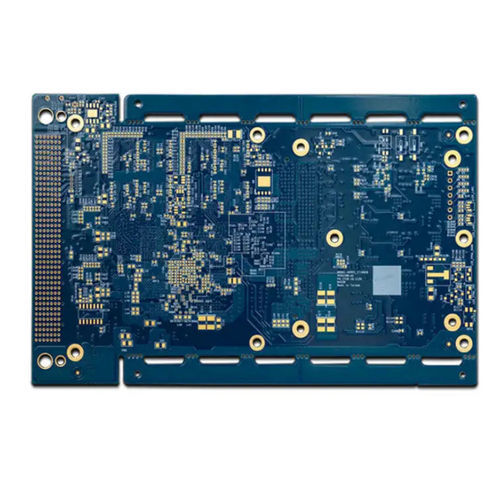
- Electricity - Electronics
- Electronic Component
- High-speed printed circuit board
- SCSPCBA (Success Circuits Group Limited)

- Products
- Catalogs
- News & Trends
- Exhibitions
High-speed printed circuit board
Add to favorites
Compare this product
Characteristics
- Options
- high-speed
Description
PCB Design
PCB (Printed Circuit Board) design refers to the process of creating a printed circuit board layout, including schematic capture, component placement, electrical connection routing, and design rule checking.
PCB Design Method
SCSPCBA mainly uses three methods in designing PCB:
Manual PCB Design
Manual PCB layout is designed manually using pen and paper, or specialized PCB design software
Manual PCB design is suitable for small and simple designs but is time-consuming and error-prone
Automatic PCB Design
Automated PCB design is the method of automatically routing connections on a PCB layout using software
This approach saves time and effort in designing large and complex boards, but the final layout may not be optimal and adjustments may be required
Hybrid PCB Design Approach
The hybrid approach combines manual design and automatic routing
SCSPCBA professional pcb designers manually place critical components and manually route high-speed and sensitive connections while routing the rest using the auto-routing function
A hybrid PCB approach can provide the best of both worlds by enabling optimal routing while reducing overall design time
Printing Circuit Board Drawing
A PCB drawing, also known as a PCB schematic diagram desing, is a visual representation of a printed circuit board (PCB) and its components.
Other SCSPCBA (Success Circuits Group Limited) products
PCB SERVICES
*Prices are pre-tax. They exclude delivery charges and customs duties and do not include additional charges for installation or activation options. Prices are indicative only and may vary by country, with changes to the cost of raw materials and exchange rates.







